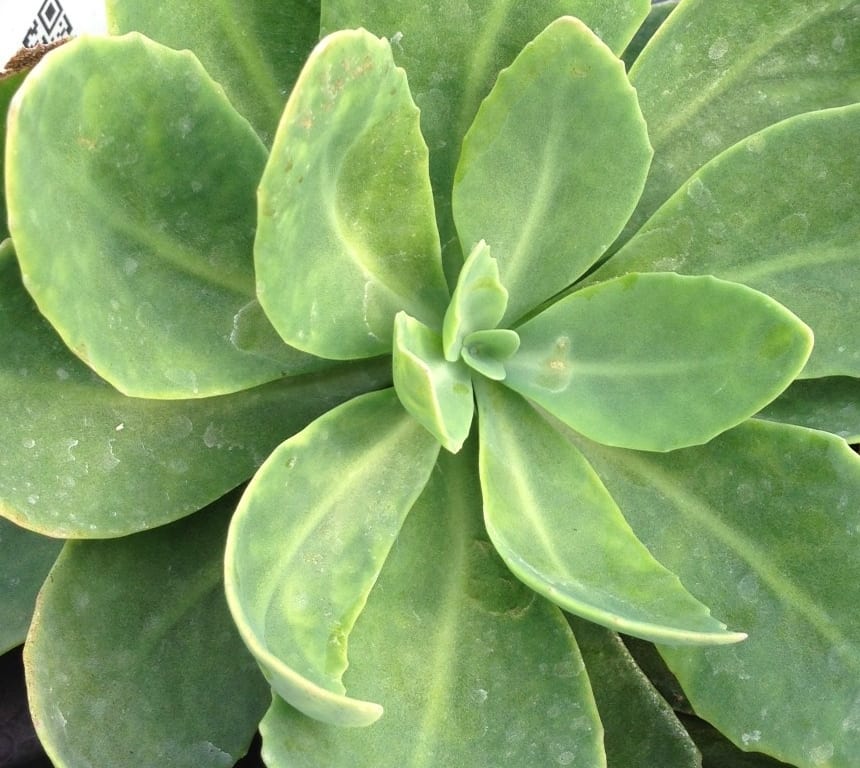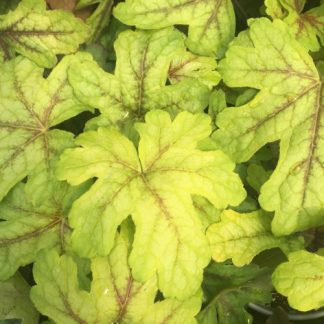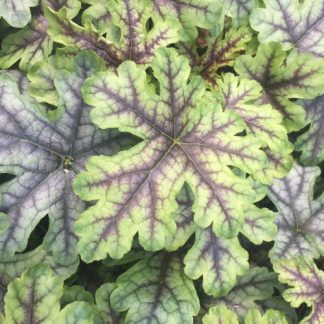Description
Sedum ‘Autumn Joy’: A Complete Guide to Growing and Enjoying This Timeless Favorite
Few plants bring such steady charm and resilience to the garden as Sedum ‘Autumn Joy’. This beloved perennial has earned its place in countless gardens thanks to its remarkable adaptability, striking seasonal changes, and effortless care. Known scientifically as Hylotelephium telephium ‘Herbstfreude’, it thrives in both formal landscapes and casual cottage gardens. Most of all, it delights gardeners with blooms that shift from soft pink to rich copper as the seasons turn.
This guide will walk you through everything you need to know about growing, caring for, and enjoying this enduring plant.
What Makes Sedum ‘Autumn Joy’ Special
‘Autumn Joy’ is part of the stonecrop family, a group of succulent perennials famous for their drought tolerance and fleshy leaves. It forms neat mounds of gray-green foliage that stand about 18 to 24 inches tall. But the true magic comes in late summer when large clusters of flower buds rise above the foliage. Starting pale green, they open to soft pink, deepen to rose, and finally age to rust-red. This shifting palette provides color long after many summer flowers have faded.
Beyond beauty, this sedum is incredibly tough. It handles poor soils, dry conditions, and even neglect, all while staying lush and upright. Its nectar-rich flowers attract bees and butterflies, adding another layer of joy to your garden.
Plant Profile at a Glance
-
Botanical Name: Hylotelephium telephium ‘Herbstfreude’
-
Common Name: Sedum ‘Autumn Joy’
-
Plant Type: Herbaceous perennial
-
Height and Spread: 18–24 inches tall, 18–24 inches wide
-
Bloom Time: Late summer to fall
-
Flower Color: Pink aging to coppery red
-
Foliage: Succulent, gray-green leaves
-
USDA Hardiness Zones: 3 to 9
-
Sun Exposure: Full sun (tolerates light shade)
-
Soil Needs: Well-drained soil; thrives in poor to average conditions
-
Water Needs: Low; drought-tolerant once established
-
Attracts: Bees, butterflies, and pollinators
-
Uses: Borders, rock gardens, pollinator gardens, cut and dried flowers
Ideal Growing Conditions
Sunlight
‘Autumn Joy’ loves full sun, where it produces the best color and strongest stems. While it can tolerate partial shade, too much shade leads to weak growth and floppy flower heads.
Soil
This plant is happiest in well-drained soil. Sandy or gravelly soils work especially well. Heavy clay can be amended with compost and grit to improve drainage. Fertile soils are not necessary; in fact, overly rich soil may encourage floppy stems.
Water
Once established, ‘Autumn Joy’ is remarkably drought-tolerant. Water only during extended dry spells. Overwatering or poorly drained soil can cause root rot, so err on the dry side.
Planting Sedum ‘Autumn Joy’
When to Plant
Plant in spring or early fall, giving roots time to settle before extreme temperatures.
How to Plant
-
Choose a sunny, well-drained location.
-
Dig a hole as deep as the root ball and slightly wider.
-
Place the plant so the crown is level with the soil surface.
-
Backfill with native soil and gently firm it in place.
-
Water lightly to help settle the soil.
Space plants 18 to 24 inches apart to allow for mature growth.
Caring for Sedum ‘Autumn Joy’
Watering
During the first growing season, water weekly until established. After that, only water in prolonged drought.
Fertilizing
No heavy feeding is required. A light layer of compost in spring is enough. Avoid high-nitrogen fertilizers, which promote weak growth.
Pruning
-
Spring: Cut back last year’s dead stems to ground level.
-
Summer: Pinch young growth in early summer to encourage bushier plants (optional).
-
Fall/Winter: Many gardeners leave dried flower heads for winter interest; prune them back in early spring.
Staking
Strong stems usually support themselves, but very rich soil or heavy rain can cause flopping. If this happens, cut back stems by one-third in early summer to promote sturdier growth.
Seasonal Interest and Color Changes
-
Spring: Fresh succulent foliage emerges, providing a tidy mound of green.
-
Summer: Tight buds appear, transitioning from green to pale pink.
-
Late Summer/Fall: Flowers deepen to rich rose and copper tones, attracting pollinators.
-
Winter: Dried flower heads add texture and catch frost beautifully.
This four-season appeal makes ‘Autumn Joy’ a cornerstone for low-maintenance landscapes.
Propagation
‘Autumn Joy’ is easy to propagate, giving you more plants for free.
Division
In spring or fall, dig up mature clumps and gently separate them into sections. Replant immediately.
Stem Cuttings
Take cuttings in spring or summer. Allow cut ends to callous for a day, then plant them in sandy soil. Keep lightly moist until rooted.
Self-Sowing
Although not invasive, some plants may self-seed in favorable conditions.
Pests and Problems
This sedum is largely pest-free. Deer and rabbits usually avoid it, thanks to its succulent leaves. The main issues arise from overwatering or heavy soils, which can cause rot. Occasionally, aphids may cluster on flower stems, but they rarely cause serious harm and can be washed off with water.
Design Ideas and Companions
‘Autumn Joy’ fits beautifully into many garden styles:
-
Mixed borders: Pair with ornamental grasses, asters, or coneflowers for late-season drama.
-
Rock gardens: Its drought tolerance and structure shine among stones and gravel.
-
Pollinator gardens: Combine with bee balm, goldenrod, or lavender to create a pollinator haven.
-
Container plantings: Use in large pots with well-draining soil for striking fall displays.
The muted pink and copper tones blend effortlessly with warm autumn hues, making it a bridge between summer blooms and fall foliage.
Why Gardeners Love It
Gardeners return to ‘Autumn Joy’ year after year because it delivers reliability and beauty without fuss. It’s forgiving to beginners yet rewarding for seasoned growers. Its flowers support pollinators, and its seed heads feed birds in winter. Few perennials provide such value across seasons.
Bringing It Indoors
Dried flower heads make excellent additions to fall arrangements. Cut blooms just as they begin to darken and hang them upside down in a dry, airy place. Their muted tones hold beautifully for months.
A Plant for Every Garden
Whether you have a formal perennial border, a wild pollinator patch, or a small rock garden, Sedum ‘Autumn Joy’ adapts easily. Its sculptural form, low water needs, and shifting color palette make it a star from spring to winter. Once planted, it quickly becomes one of those garden favorites you can’t imagine being without.
A Lasting Gift for Every Season
Planting Sedum ‘Autumn Joy’ is more than adding color. It’s creating a living reminder of resilience and quiet beauty. Season after season, it asks for little and gives back so much—buzzing bees, glowing fall hues, and winter silhouettes dusted with frost. In other words, it’s a plant that grows right along with us.




